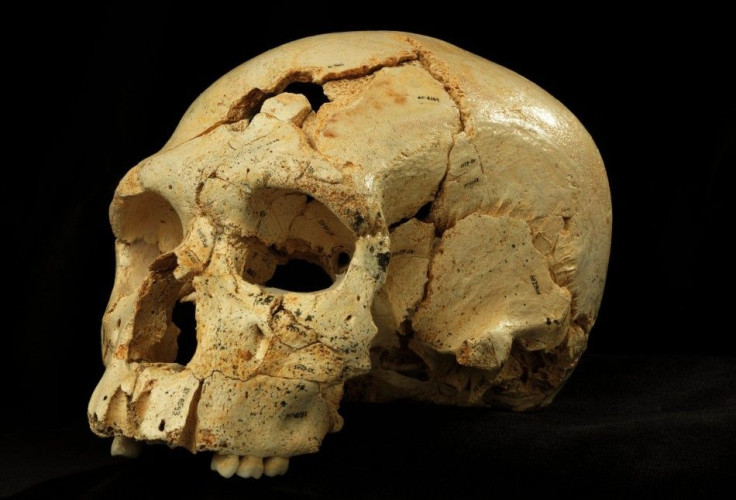Neanderthals and Humans May Have Had Sex for Millennia, Study
Neanderthals and Humans Coexisted and Their Extinction was Not Caused by Human Violence

A study conducted by a radiocarbon scientist of the University of Oxford, Tom Higham and his team found that 40,000 years ago the Neanderthals went extinct in Europe. However, they co-existed with modern humans for a thousand years, interacting with them culturally and sexually.
As previously believed humans were not the cause for their rapid extinction. Neanderthals lived in Europe and Asia and they are the closest extinct relatives of humans. Researchers found that they interbreed with the ancestors of modern humans. DNA findings report that 1.5 to 2.1 per cent of modern man outside Africa is Neanderthal in origin.
There are always debates about dating the extinction of the Neanderthal and speculations whether their interaction with modern humans were the cause for their extinction. Neanderthals came to Europe before modern humans and previous studies on the Iberian Peninsula suggests that they existed about 35,000 years ago sharing space with modern humans for a millennia.
The recent study however, revealed that the Neanderthal fossils found in Europe might be thousands of years older than previously thought. This gave rise to the possibility that they went extinct before modern human arrived in Europe about 42,000 years ago.
To get to the bottom of this, the research team headed by Tom Higham analysed bone, charcoal and shell material from 40 archaeological sites from Russia to Spain. To precisely date these specimens, the researchers used advanced technology that involved ultra filtering of the molecules from bone samples for examination and removing organic contaminants that interfered with the actual date of the specimen.
They found that the Neanderthals disappeared in Europe between 41,000 and 39,000 years ago.
"I think that, for the first time, we have a reliable extinction date for Neanderthals", said Tom Higham. "This has eluded us for decades".
Timing and geography suggested that the Neanderthals may have interacted with modern humans for 2,600 to 5,400 years paving way for genetic and cultural exchange between them for millennia, suggesting that modern human was not the cause of their rapid extinction by violence. Their extinction could be more complex than was thought previously, Higham told Live Science.
Genetic evidence suggested that the Neanderthals were able to experience a diminishing genetic diversity at the time when modern humans arrived in Europe, stated Higham. "This might mean that they were fading out at this time, although, our evidence suggests that there was a long period of overlap during which this occurred," he said.
The Neanderthals did not suddenly disappear but rather they just assimilated with the modern human population. We carry that genetic legacy of about one to two per cent so there is evidence to suggest that there was interbreeding, said Higham.
The interbreeding could have occurred about 77,000 to 114,000 years ago preceding any potential interbreeding in Europe.
Higham said that more research is needed from the transitional period. Eastern Europe and Eurasia will be explored for evidence to find data and set patterns to determine the Neanderthal extinction and spread of modern humans.
Their findings were detailed in the August 21 issue of the journal Nature.




















